A dream. Between the real and the imaginary. As if time stood still and the Arredoluce collections at the centre as a focal point. A bridge in time. To always be, neither past nor modern. Simply ethereal and timeless with Arredoluce there at the center to be and remain. Objects of unostentatious luxury. All between the real and the imaginary.
Arredoluce Milan 1943.
The history of great designers.
This is an Italian story. A story of commitment, creativity, ingenuity. A story of ideas, designs, materials, shapes, details, craftsmanship. Of light, of lamps. A story of encounters, collaborations, experiments, research, craftsmanship, art. An entrepreneurial, working, but also human story. A story of success. The story of Arredoluce is the story of women and men, in love with their work, but above all, it is the story of its founder, Angelo Lelii.
Angelo Lelii founded Arredoluce in Monza in 1943, specialising in the production of classic lamps. Driven by Lelii’s creative impulse and avant-garde spirit, Arredoluce became a global leader in lighting design, an entrepreneurial reality halfway between a high-craft workshop and a factory for mass production.

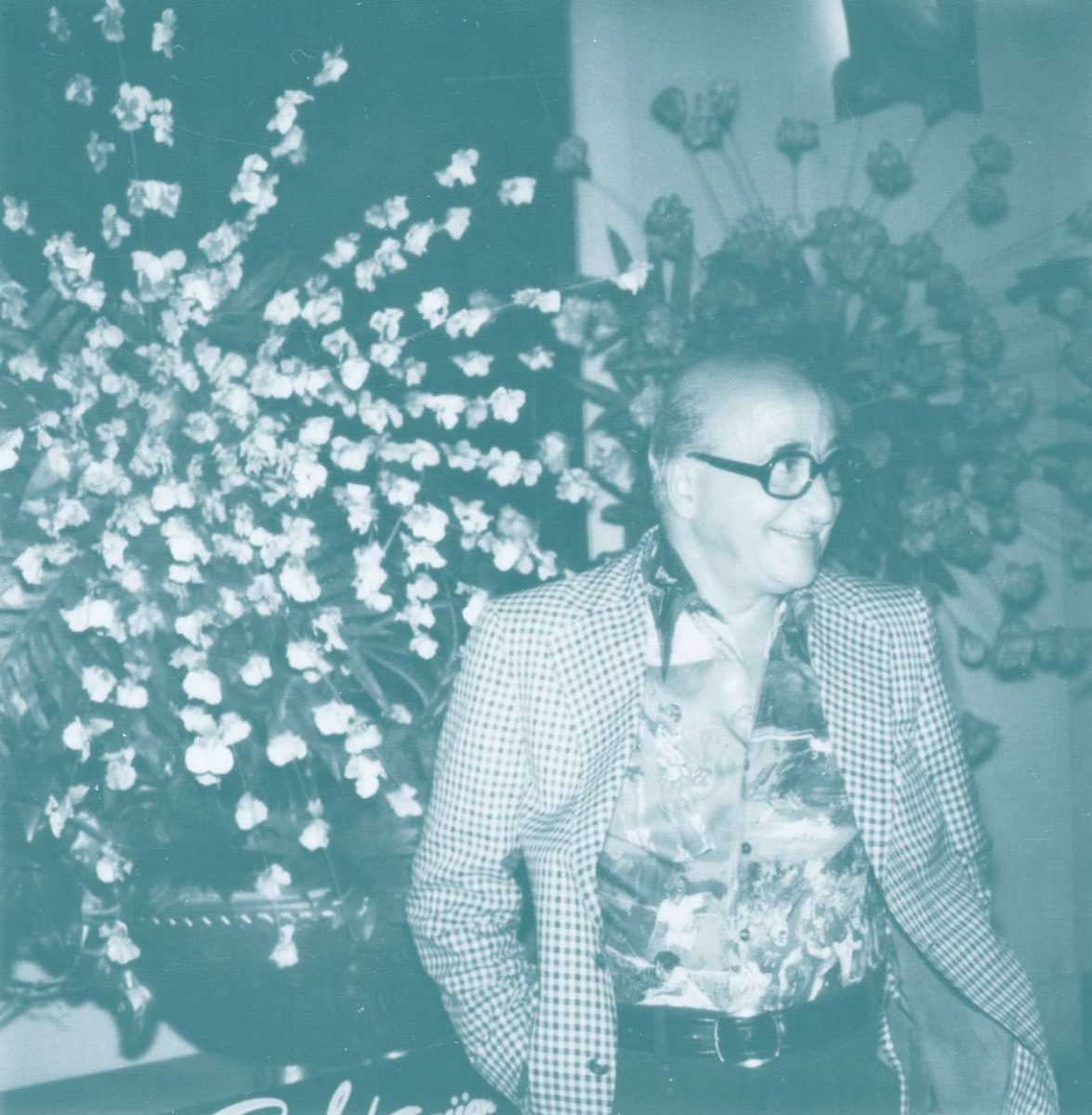
The DNA of Angelo Lelii and his creation continues to thrive in the present and looks towards the future. With their futuristic lines and design, high-quality materials and unique finishes, Arredoluce lamps appeal to sophisticated tastes and styles of conntemporary clients.
Thanks to the insight and work of the Auralis Group, this important heritage of Made in Italy returns to enrich the history of lighting design. The iconic Arredoluce once again shines, illuminating architectural spaces with timeless elegance.

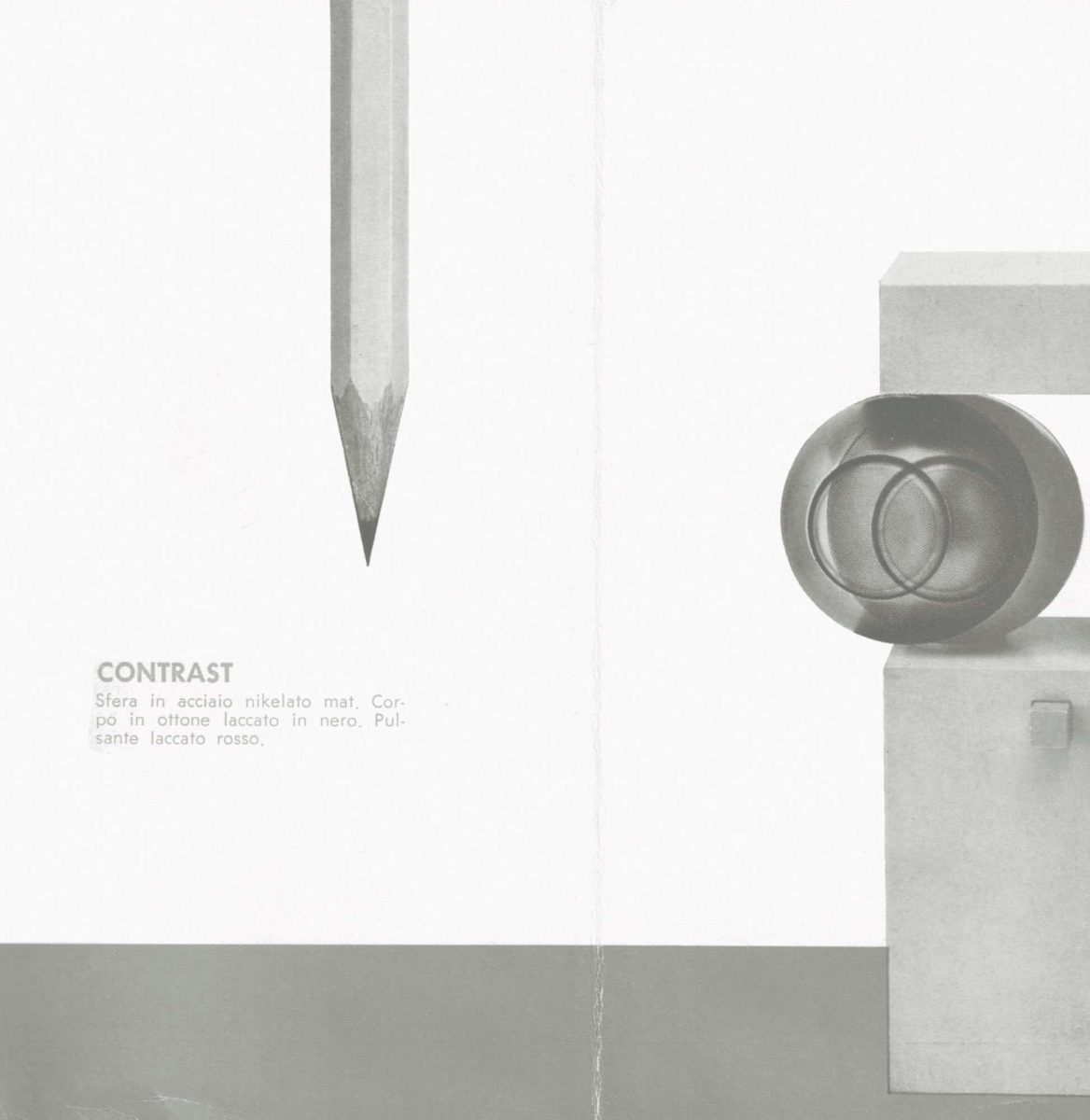
The continuous pursuit of formal perfection, meticulous attention to detail and the choice of both traditional and cutting-edge materials have characterized all the fittings conceived and produced by Arredoluce since its inception. This specific approach to design outlines a philosophy that characterises all of Arredoluce’s production.
Thanks to this culture of doing and doing well, to the love for their work that combines the genius of the designers, the technical and manual skill of the workers, and the use of the most sophisticated and cutting-edge machinery, Arredoluce produces lamps that are the perfect blend of industry and art, between artisanal workshop and mass production.


Product catalog
Angelo Lelii
Gio Ponti
1947
Triennale
Angelo Lelii

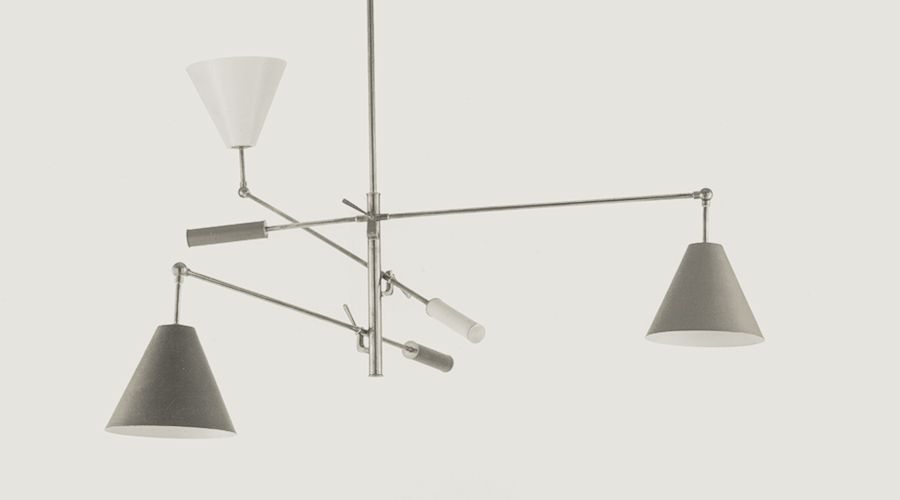
The linear form of Triennale has been the source of inspiration for many products that followed over time. It represents the essence of the trajectory traced by Arredoluce within the history of Italian industrial design.
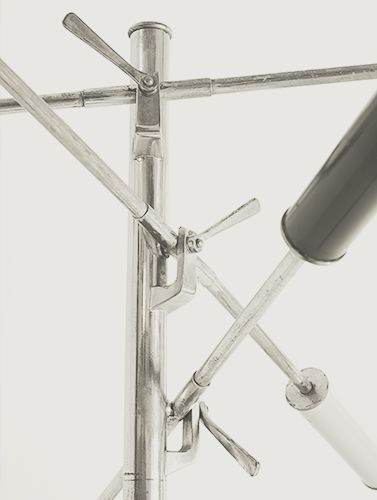
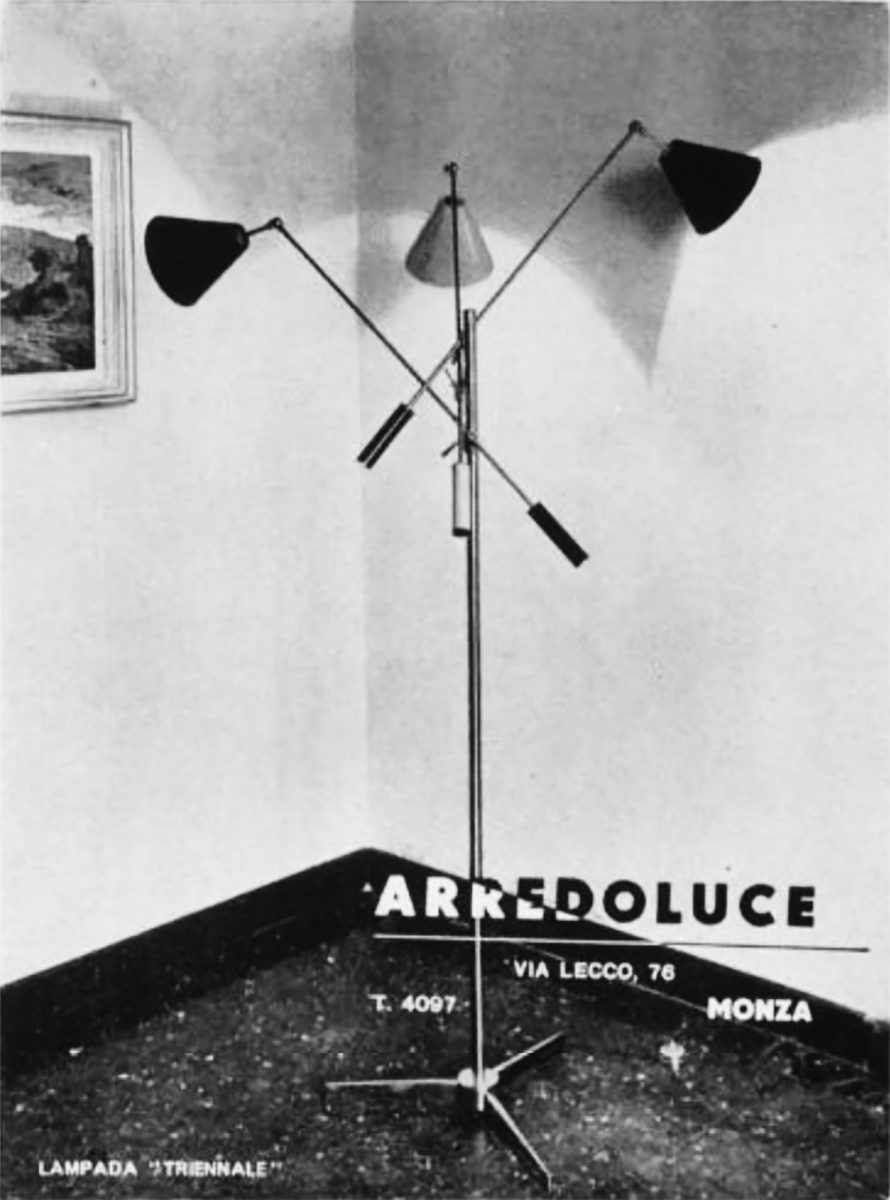
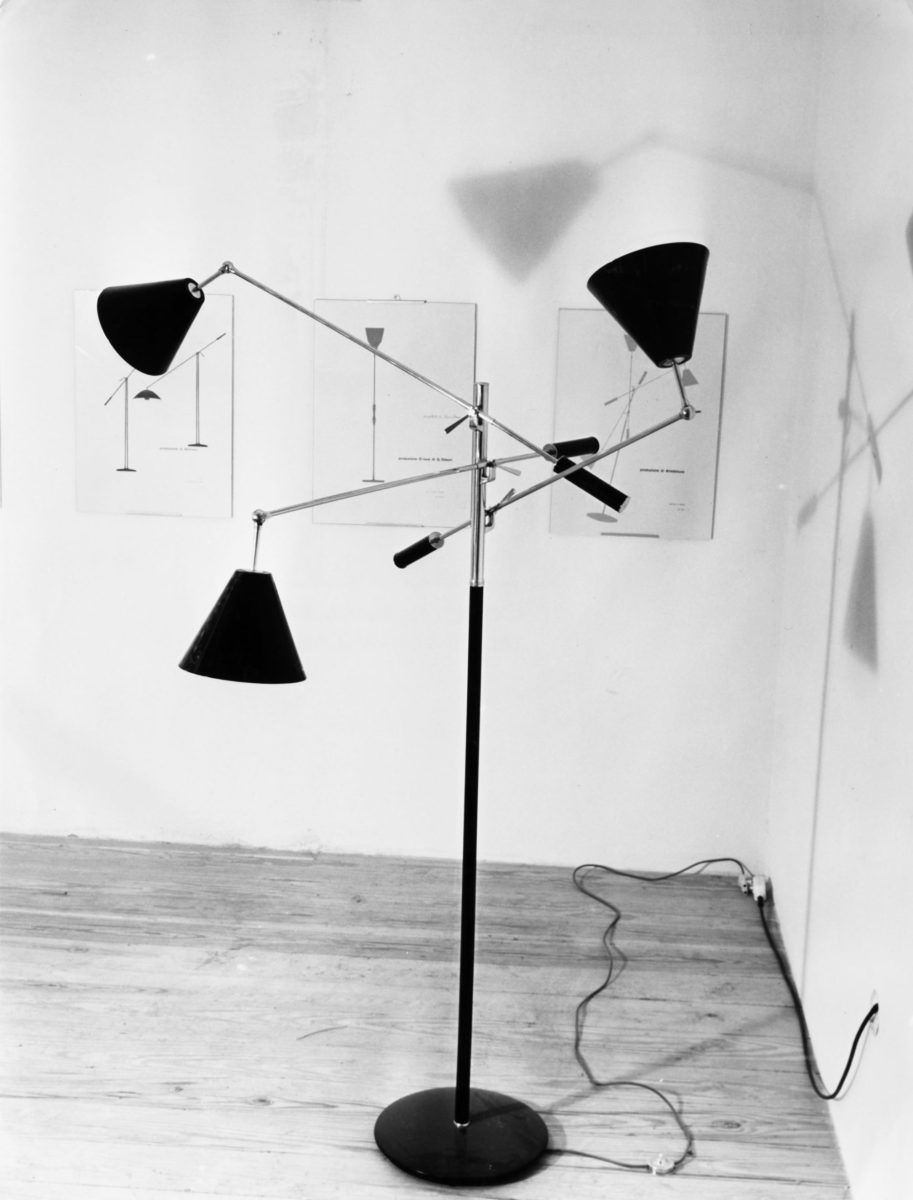
Presented at the 7th Triennale di Milano in 1947, Triennale is the symbol of the modern Italian lamp, emblematic of the genius and eclecticism of Angelo Lelii.
1947
Bilancia
Angelo Lelii
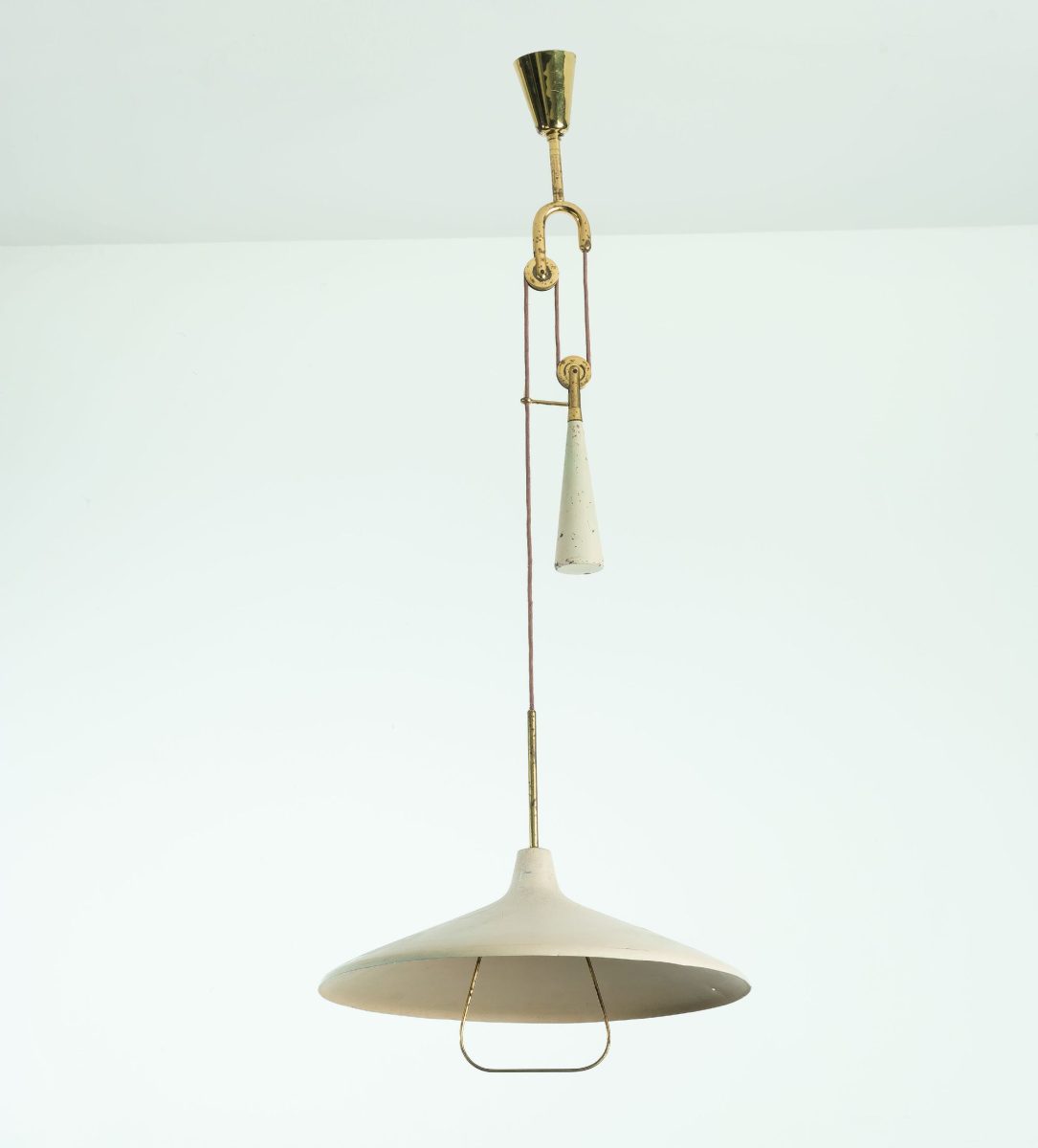
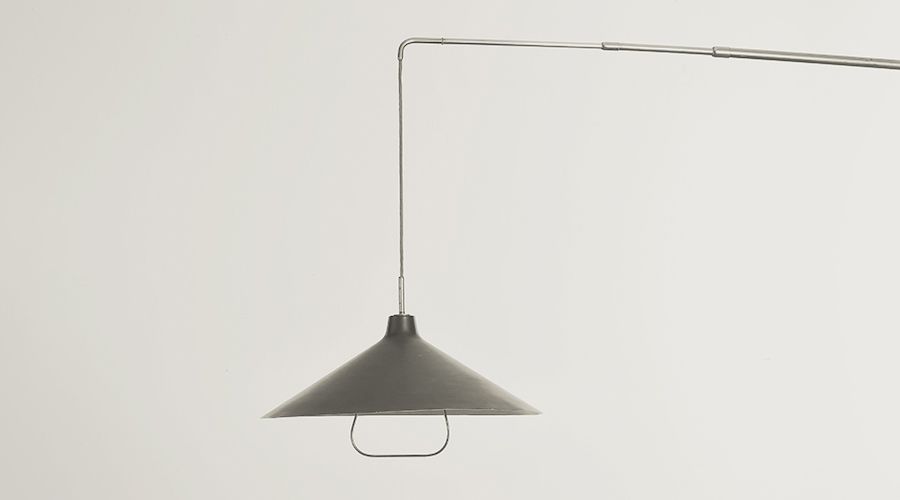
After more than seventy years, one of the iconic lamps designed by Angelo Lelii is being reissued, giving rise to the Bilancia collection. From the suspension that faithfully follows the original design, a floor version also takes shape. The interplay of balances remains a key feature.
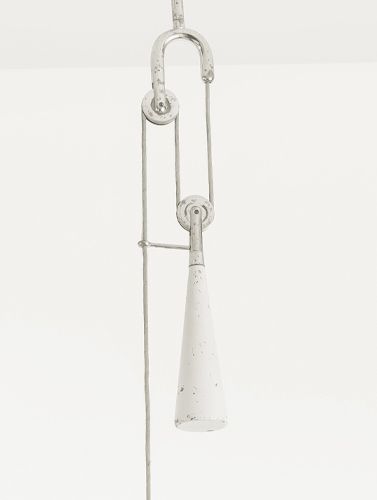

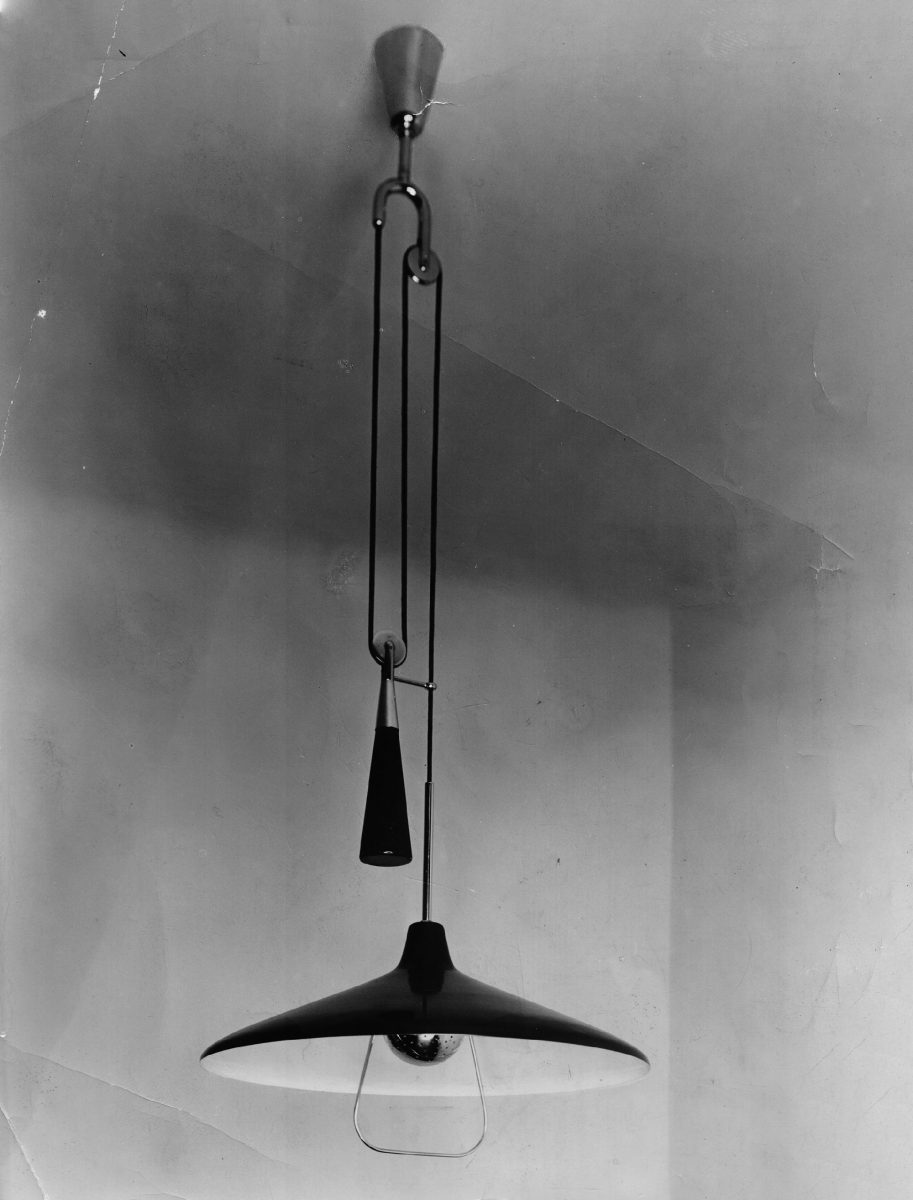
The suspension version was designed in 1947, followed by the other versions over the next three years.
1950
Cavalletto
Angelo Lelii
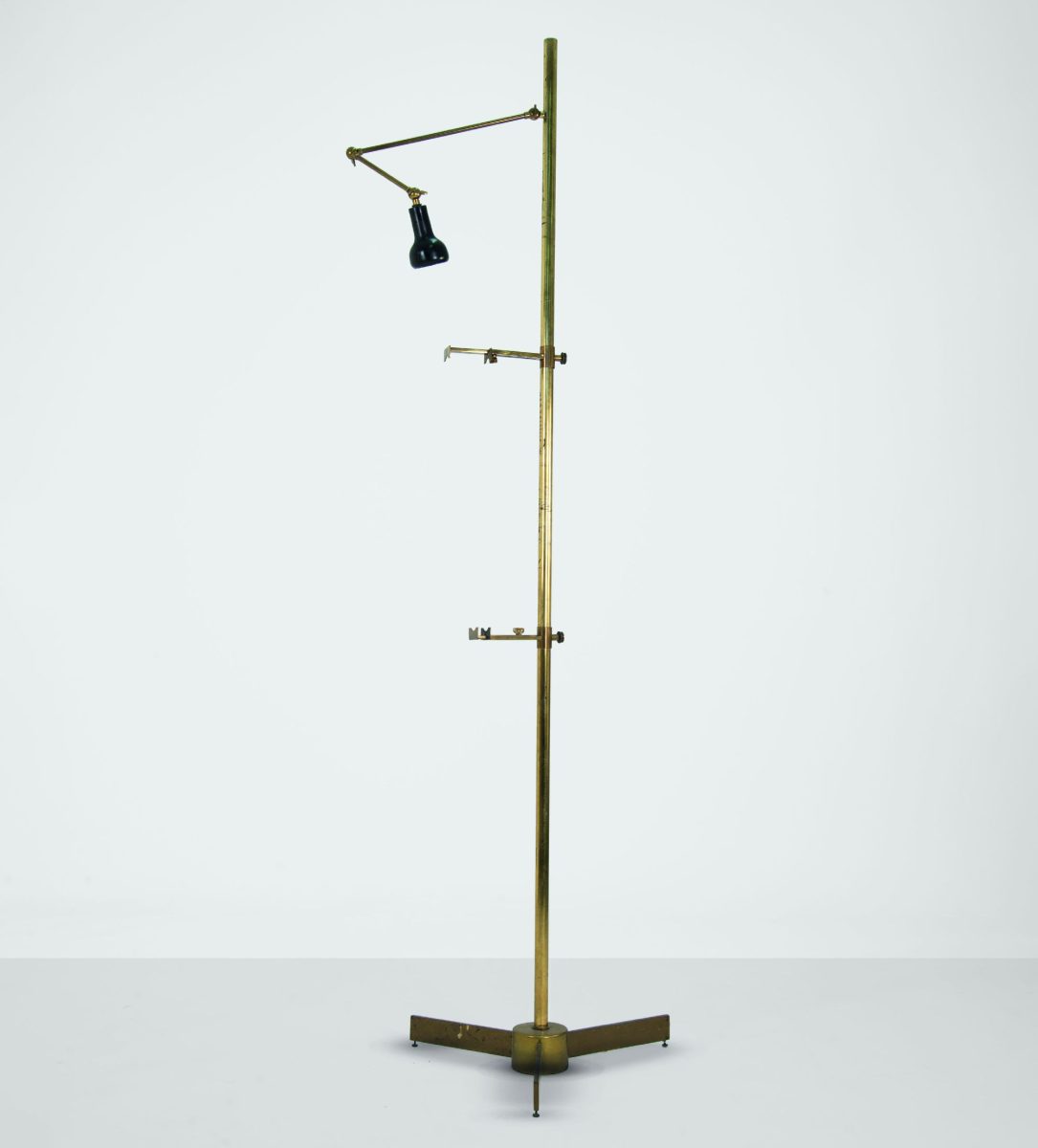

The base of the Cavalletto is an elegant and stable tripod, with adjustable supports. The lamp arm, also adjustable, is made of semi-opaque black painted aluminum. The spotlight, located at the end of the arm, is adjustable and allows for precise direction of light, offering versatile illumination.
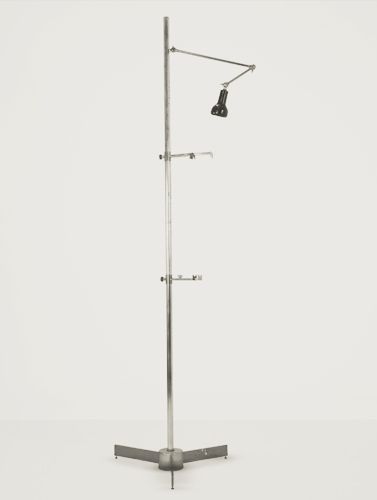
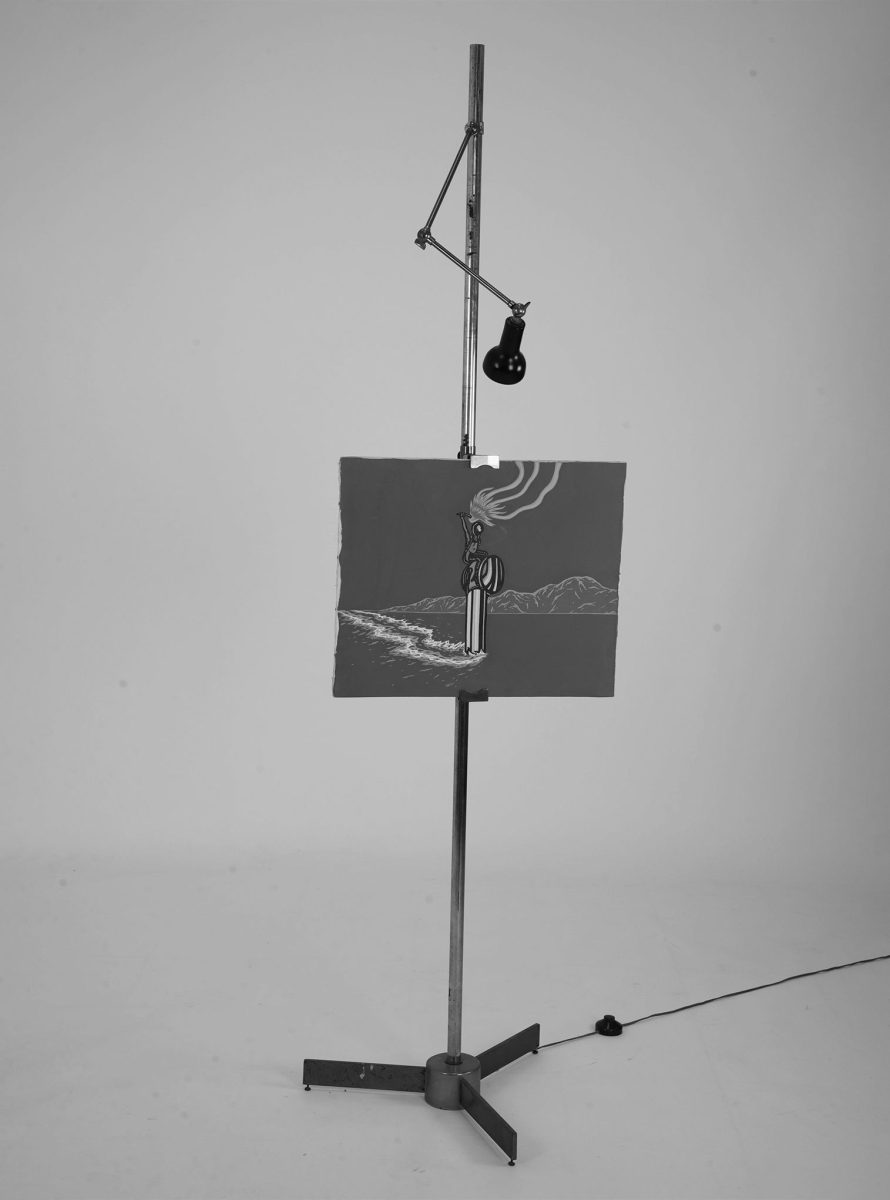
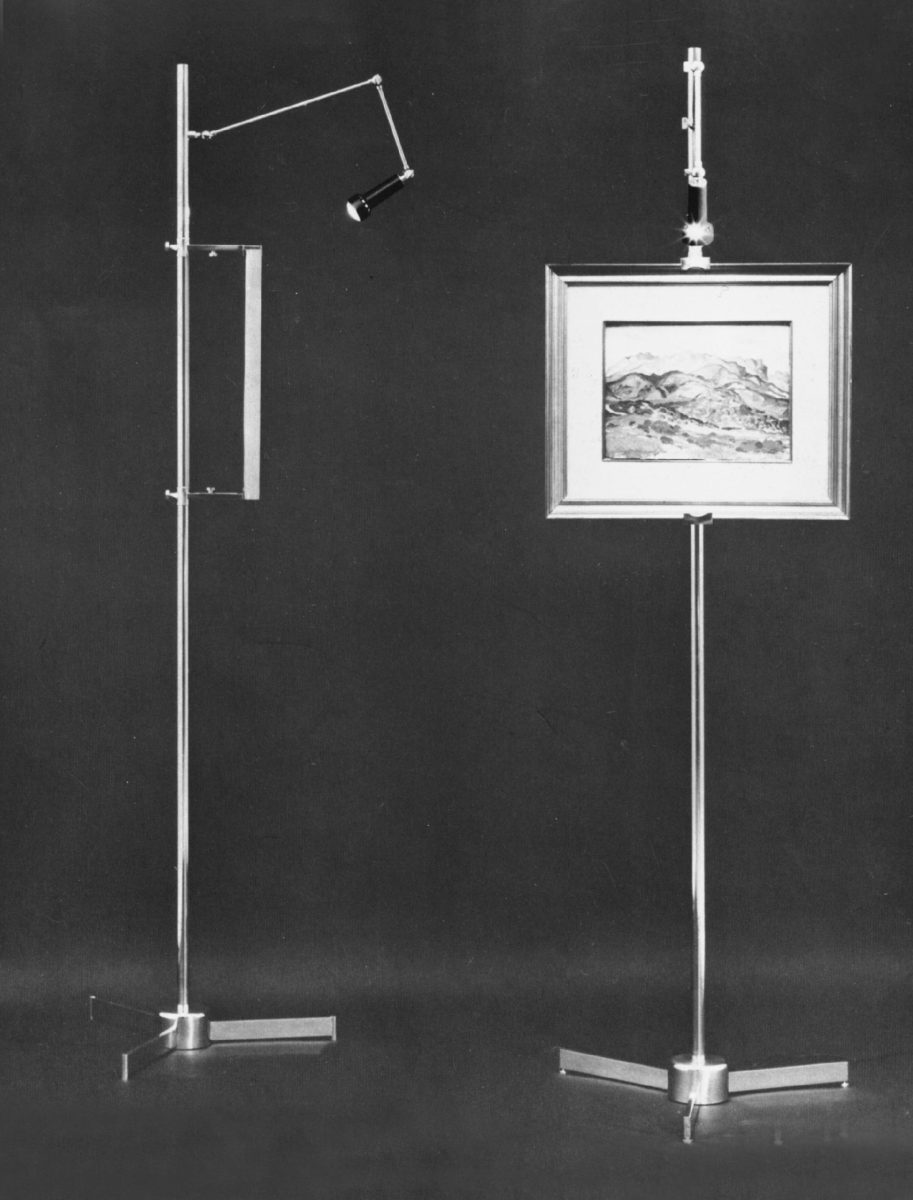
Its adjustable structure, flexible arm, and integrated picture support are testimonies to a vision that has been able to anticipate the times and create an object capable of traversing decades without losing its charm.
1950
Stellina
Angelo Lelii
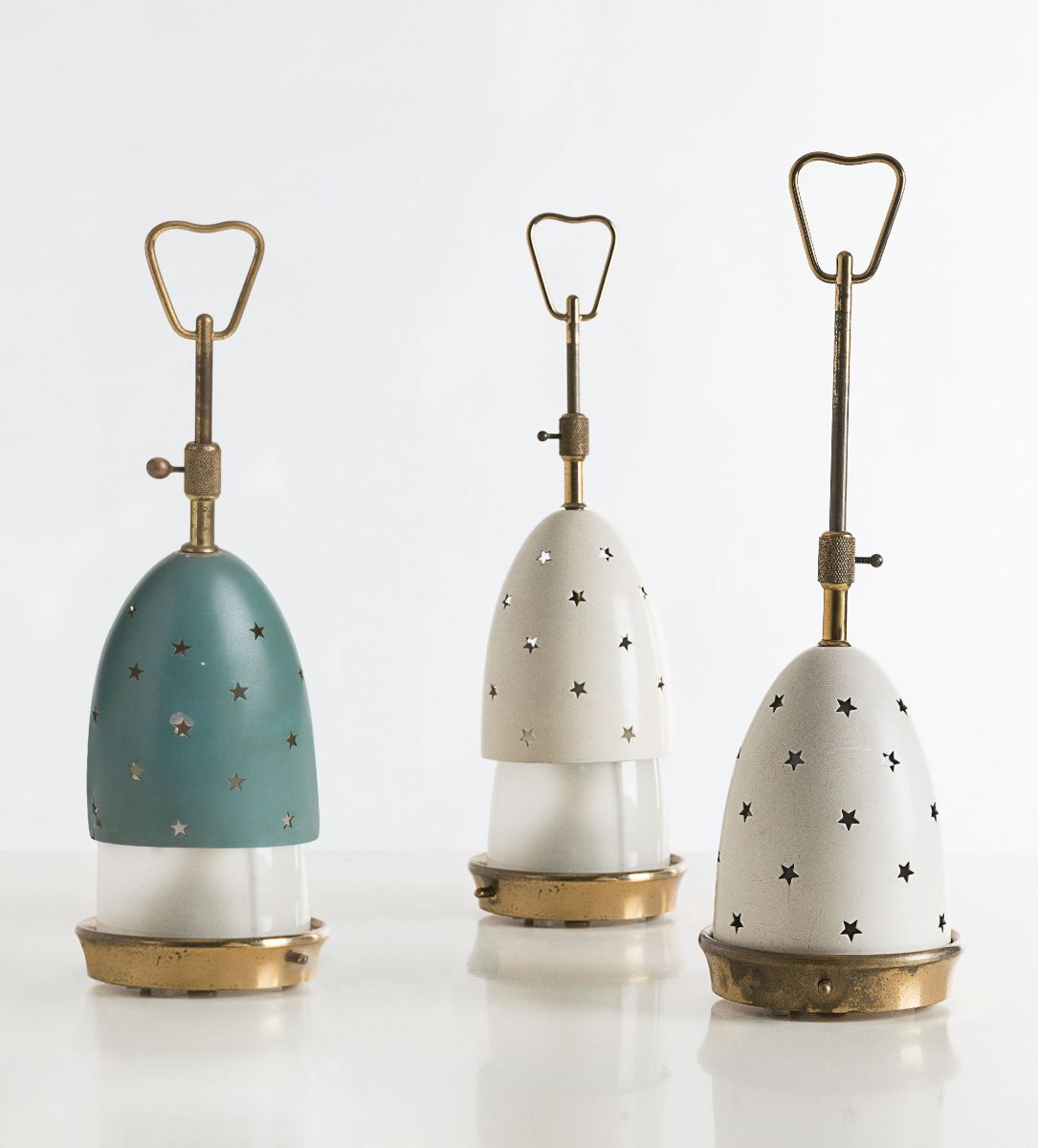
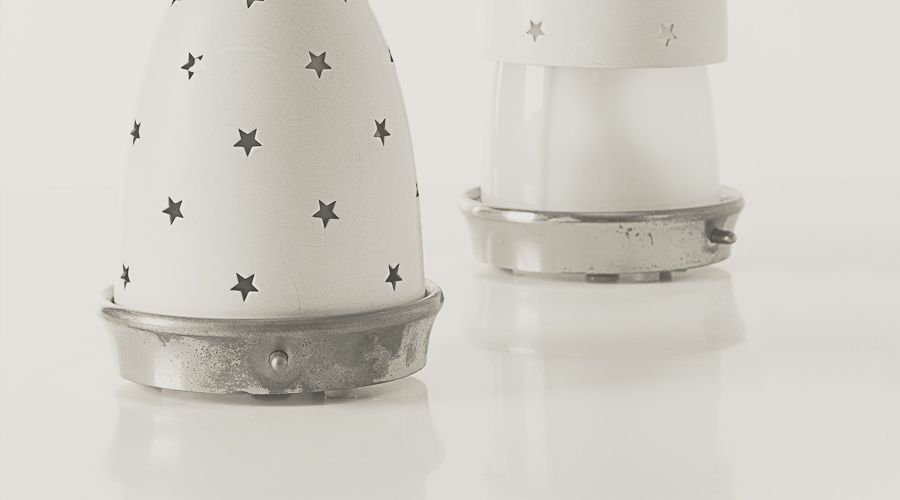
The curvilinear structure of the lampshade, made of perforated and painted aluminum in colors white, green, blue, black and brown, conceals within it an adjustable-height LED light source: the luminous portion of the beam, which also filters through star-shaped decorations, increases or decreases as the lampshade moves closer to or farther from the brass base.

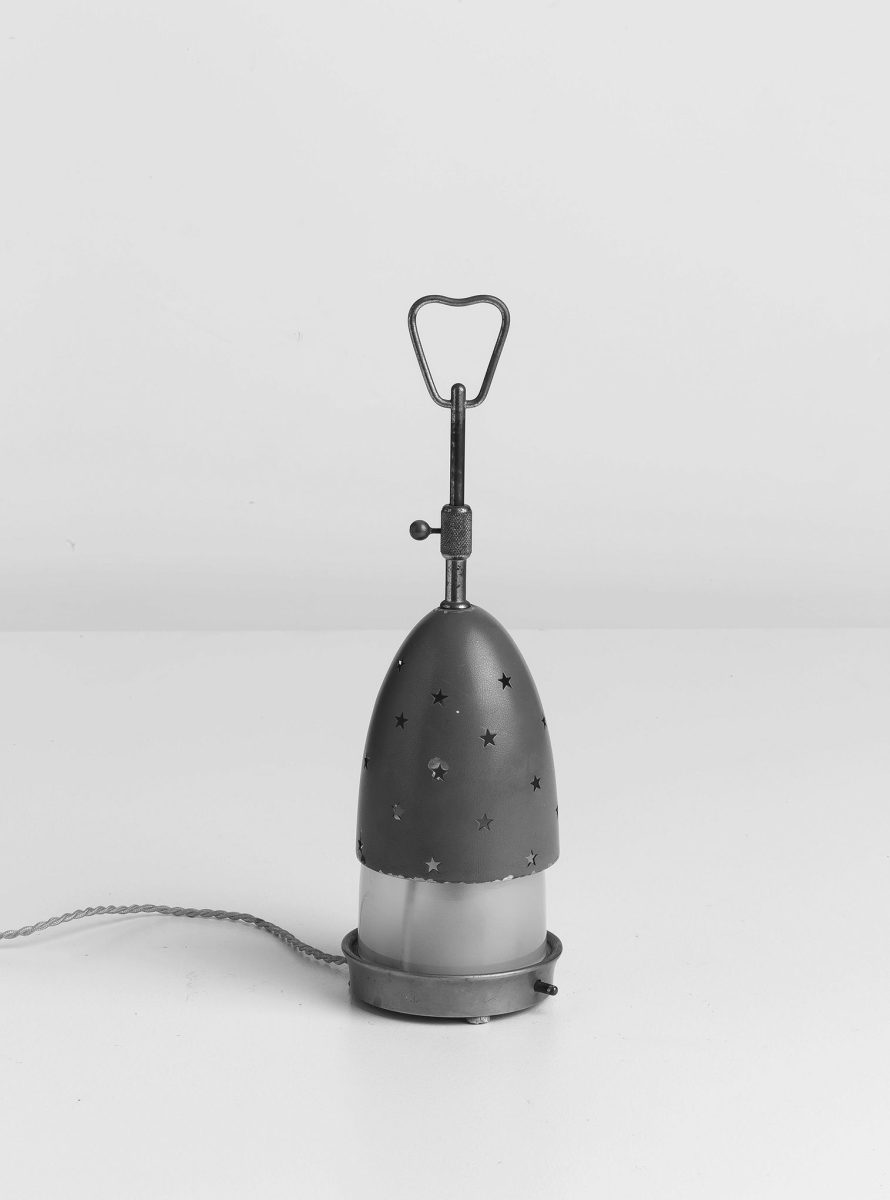
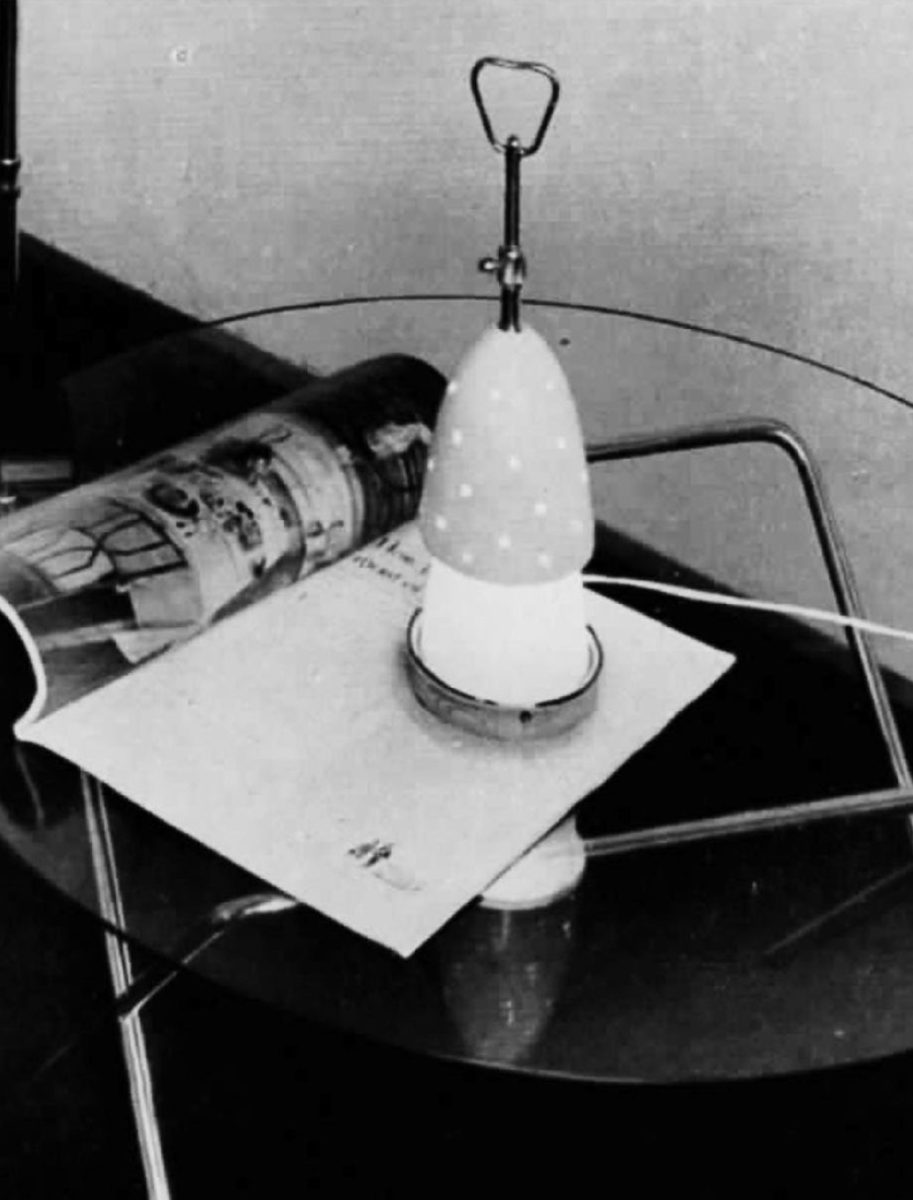
The lampshade with the integrated LED communicates with the base thanks to a magnet. This system allows the top part of Stellina to detach and become a portable light.
1961
6 Lune
Angelo Lelii
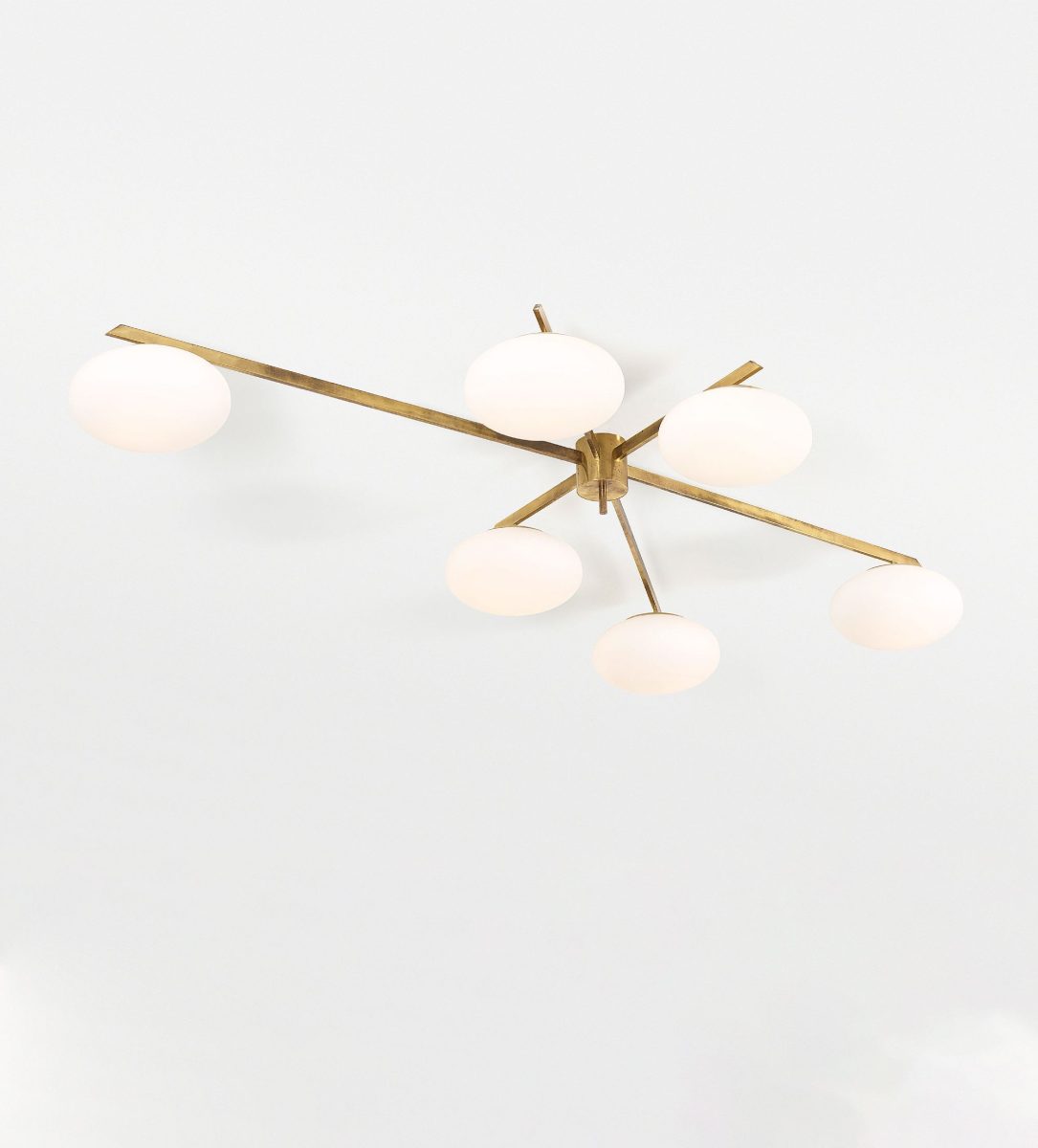

The six opal glass lampshades, which give the lamp its name, diffuse a soft and enveloping light, creating a warm and welcoming atmosphere in any space. The opal glass, with its satin transparency, lends the light an ethereal quality, transforming the ceiling light into a veritable luminous sculpture.
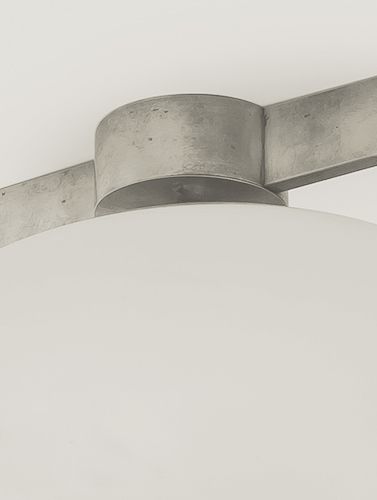
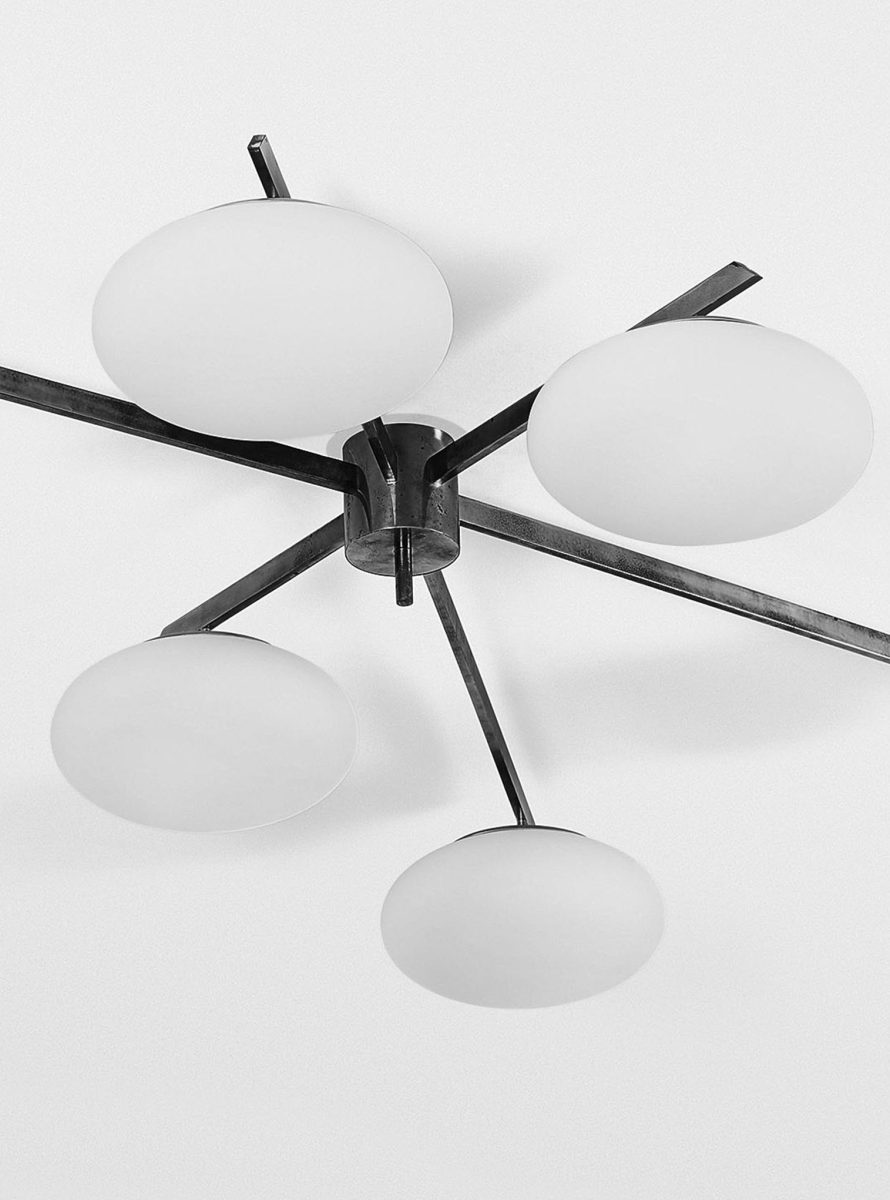
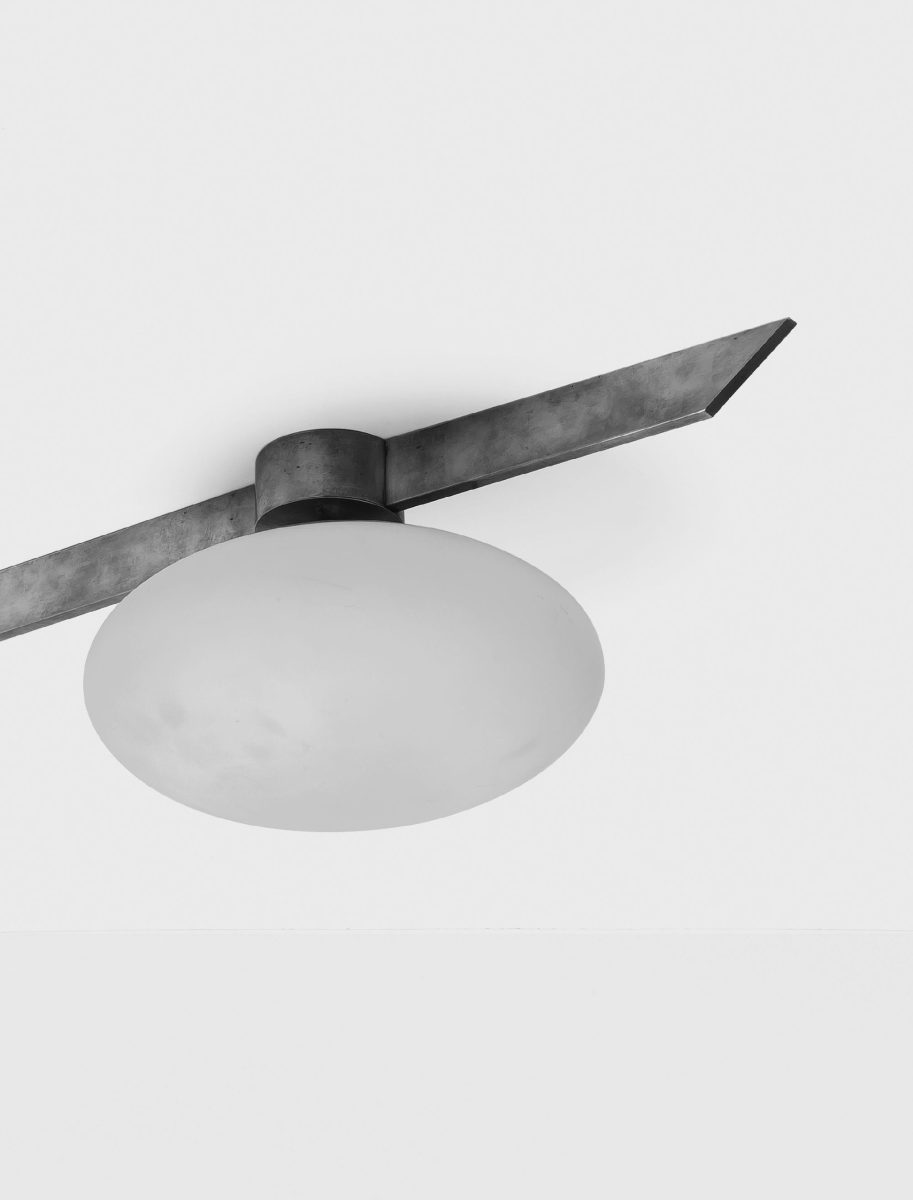
The radiating arms in finely satin brass, delicately faceted, branch out from the central structure like rays of a stylized sun, gracefully supporting the glass lampshades. Every detail of the structure reflects the care and attention that Angelo Lelii put into his creations, combining aesthetics and functionality impeccably.
1961
Pavone
Gio Ponti
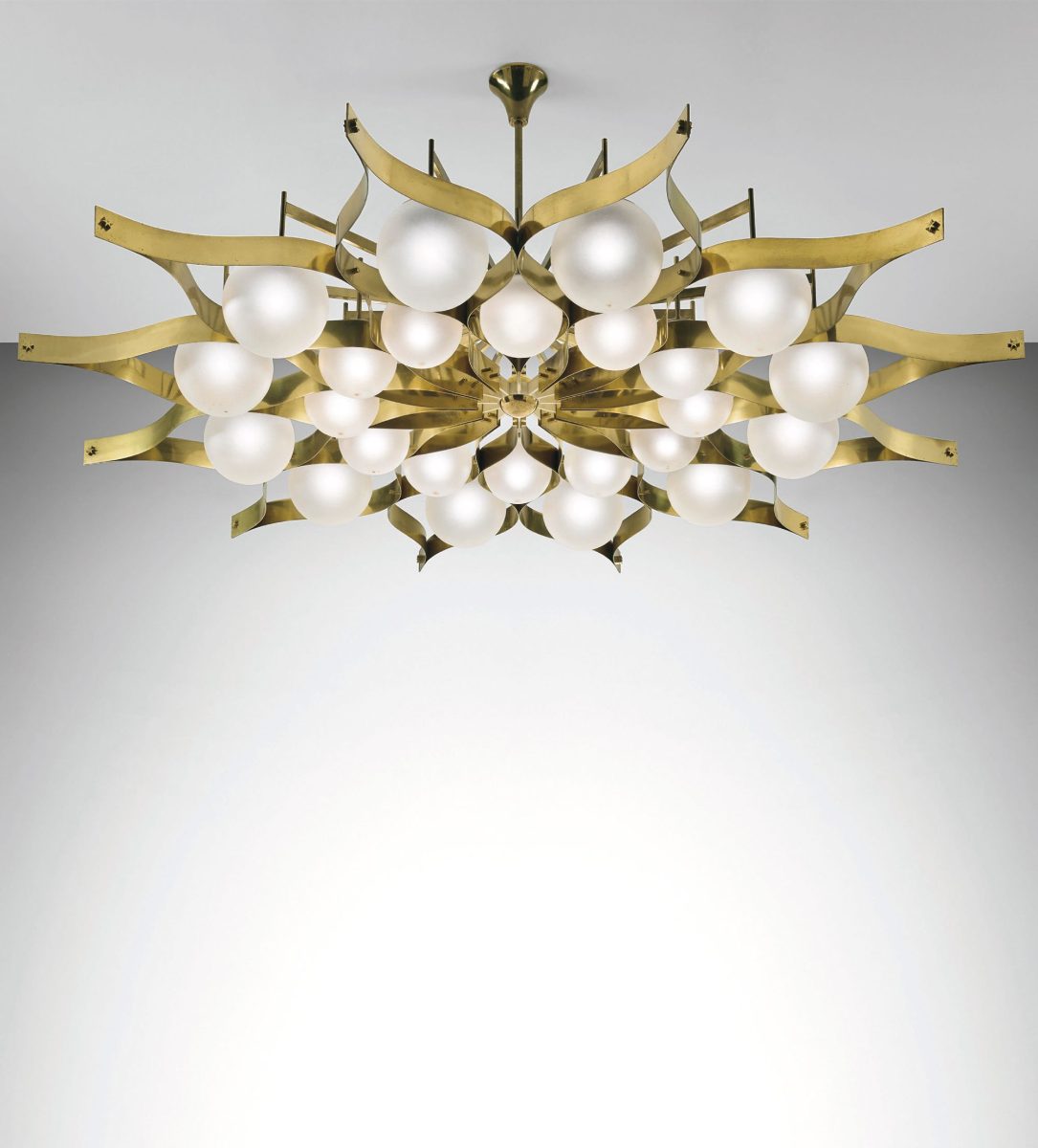
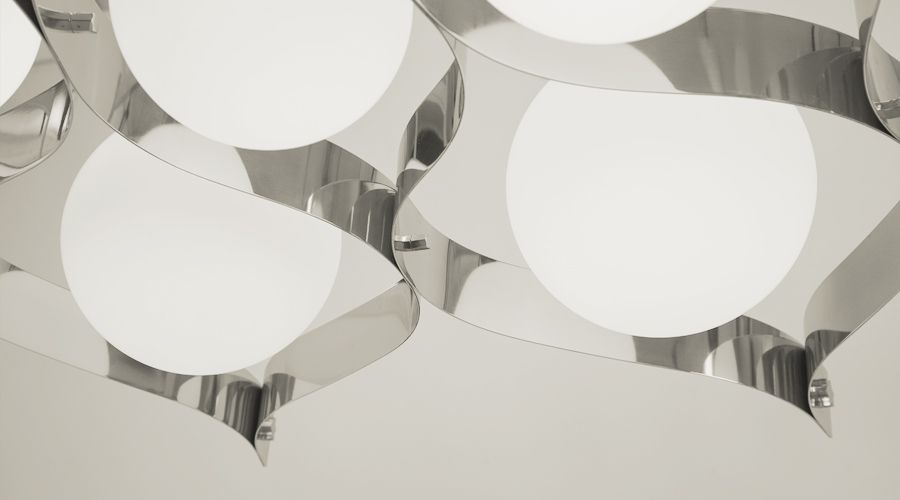
The shape evokes the dramatic tail of a peacock. The sophisticated and harmonious yet imposing lines describe a spatial dance, delineate a royal cut that charges the environment with luxurious beauty, with charm. With wonder. The architectural structure of the lamp encapsulates and synthesizes the refined and extensive aesthetic, professional, and human baggage of the master.
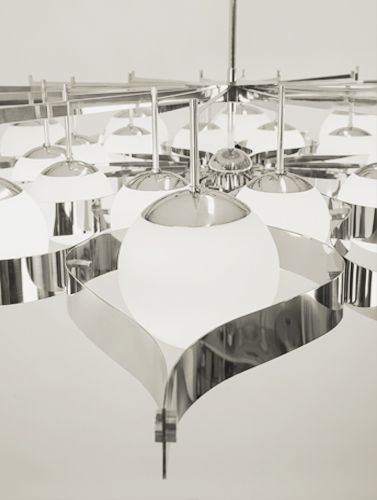

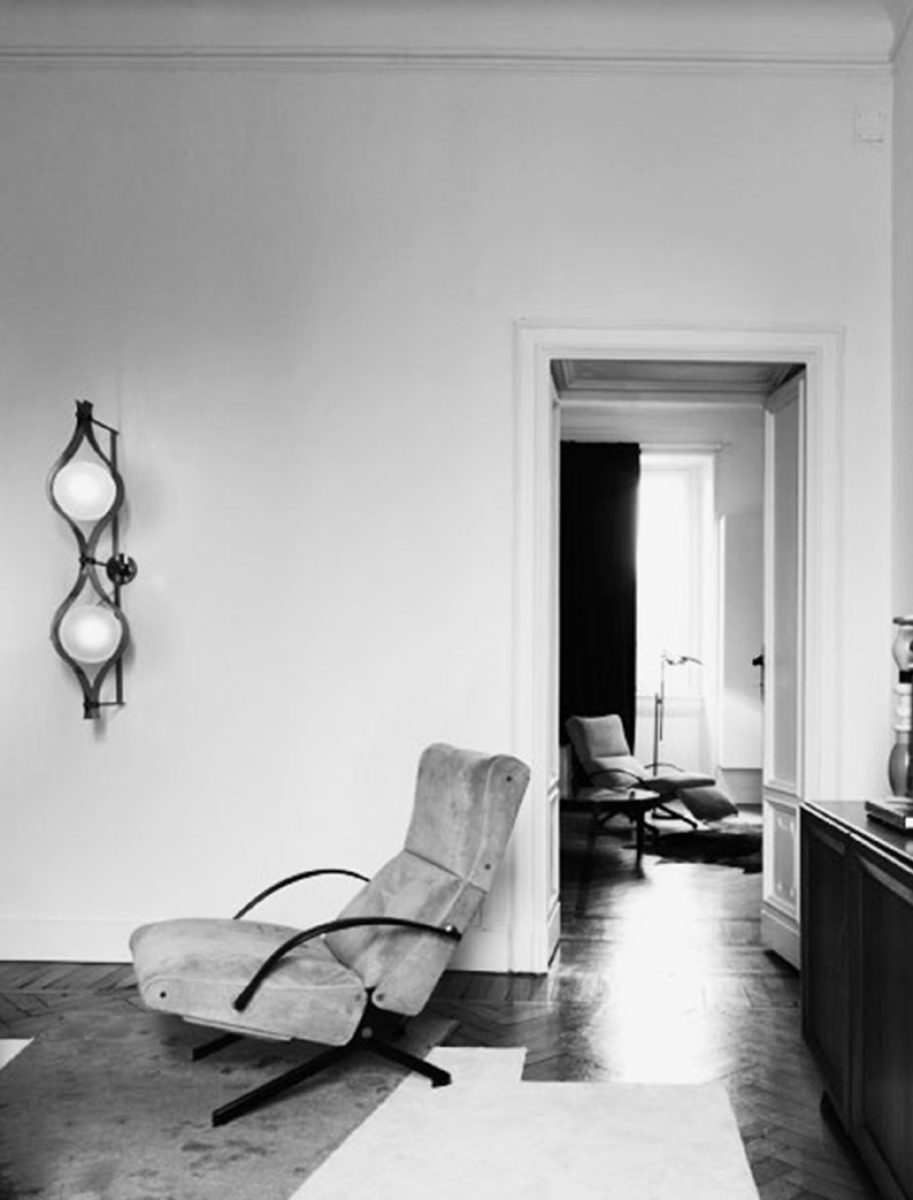
The classic composure and avant-garde spirit of Pavone are well visible in other famous works by Ponti such as the Pirelli Tower in Milan, Palazzo EIAR on Corso Sempione in Milan, and the Hotel Parco dei Principi in Rome.